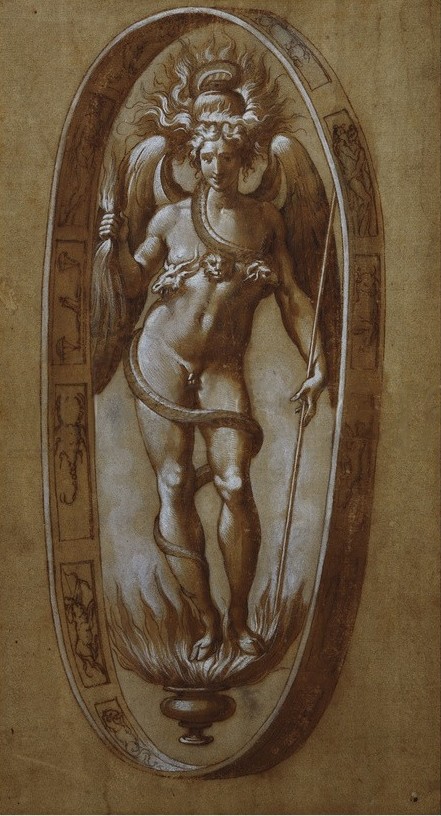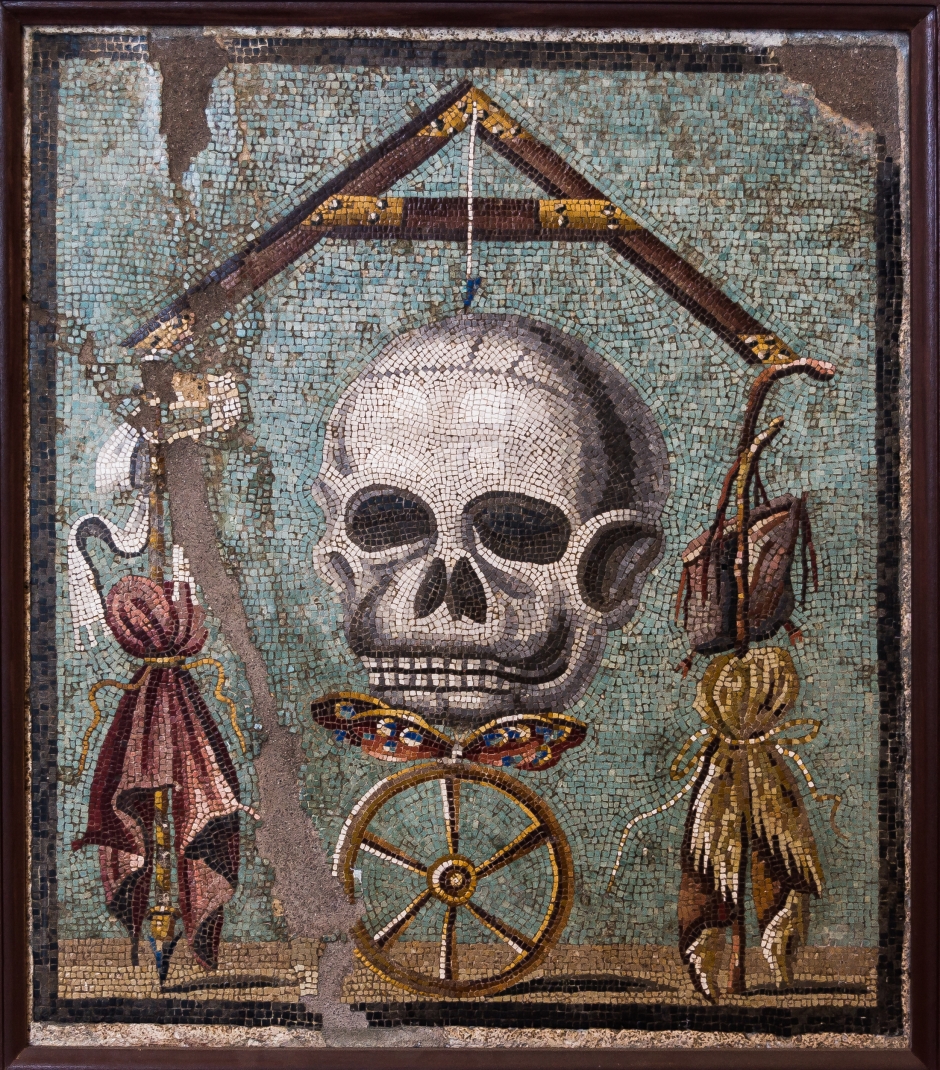Durga, दुर्गा means “the inaccessible” (wikipedia). She is a powerful form of the Goddess. We can meditate on Durga to realize the power of the sacred feminine. Meditation on her image helps us to fight oppression and overcome obstacles. Durga will clear all illusion, inner and outer.
Durga, as a manifestation of the Mother Goddess or Devi, encompasses boundless power and represents the sacred feminine. Through deep meditation on her image, we can connect with her immense strength and courage, empowering us to overcome the dualsistc constructs of the mind. In this transformative journey, Durga’s presence dismantles dualistic illusions, paving the way for spiritual liberation.
Continue reading “Durga: Mother Goddess as Symbol of Non-duality”









